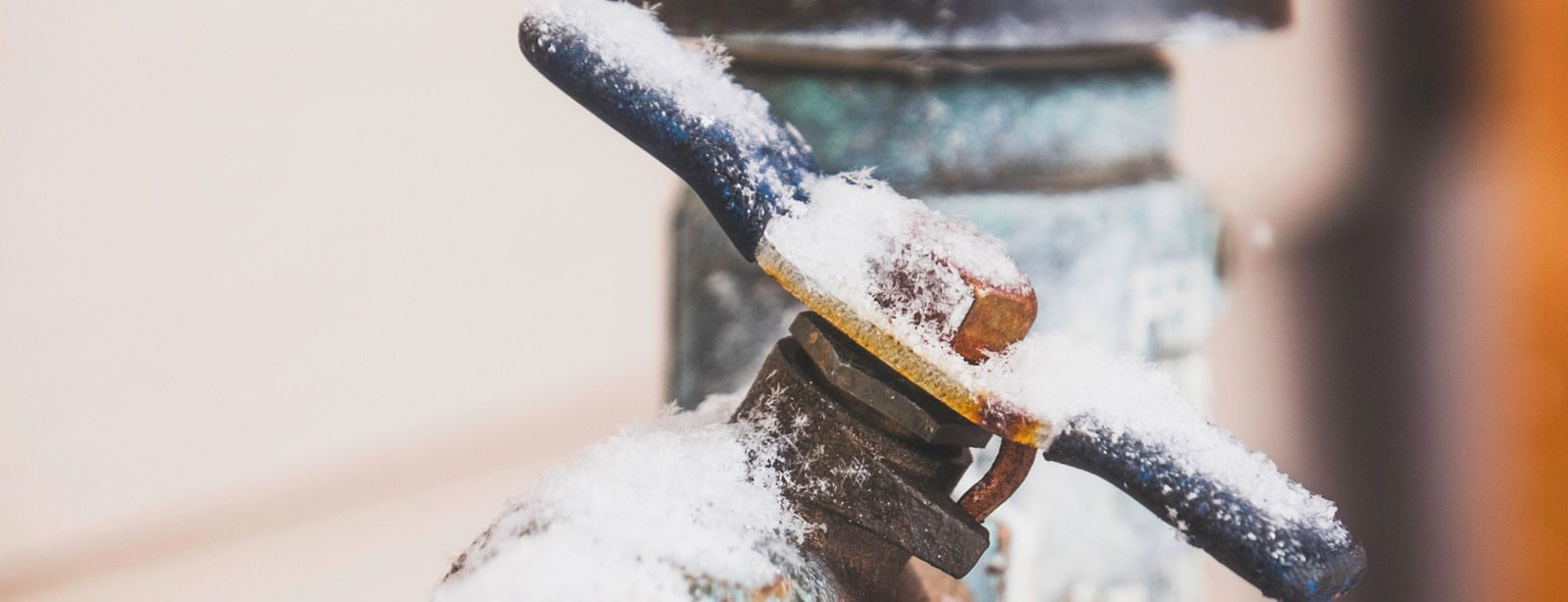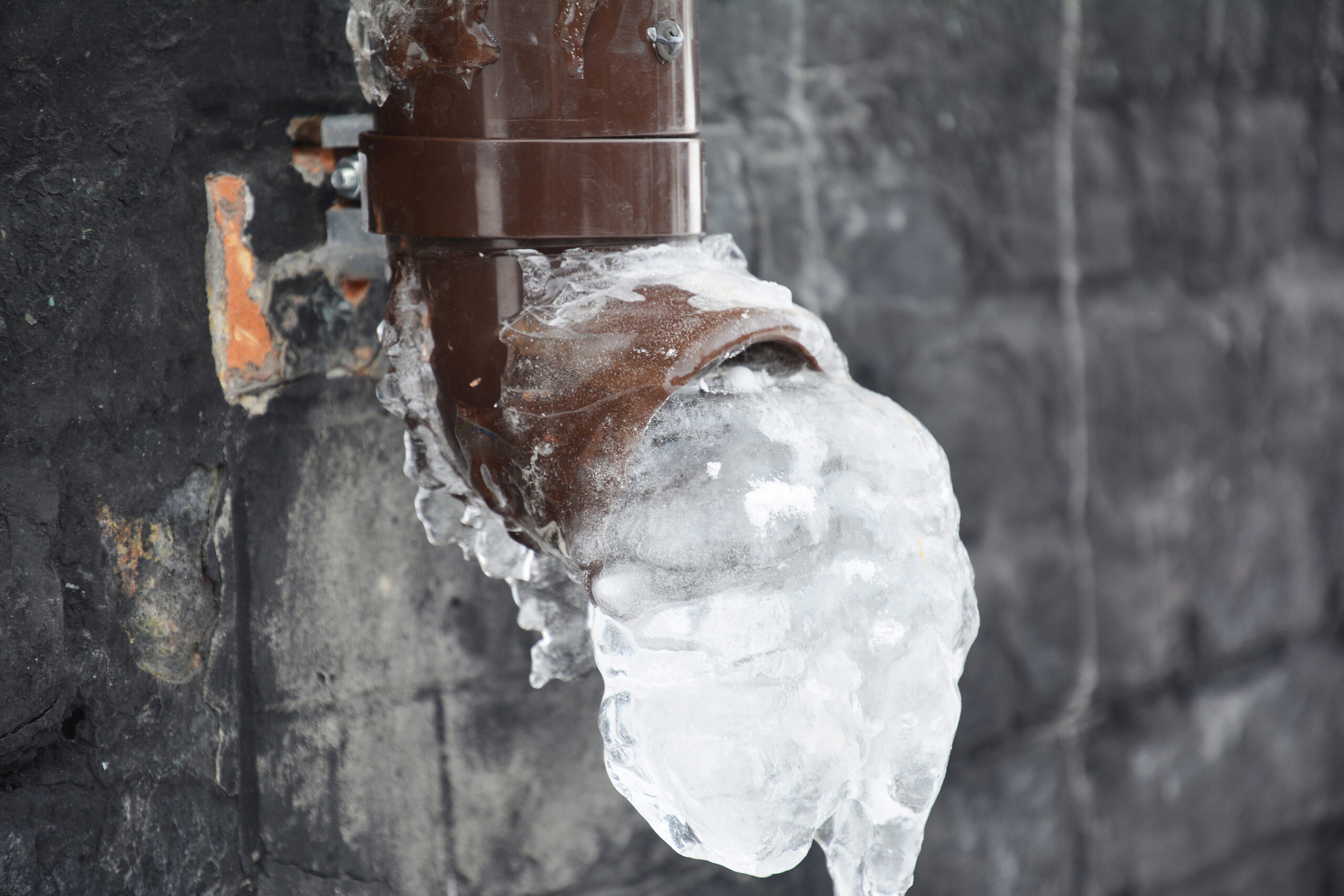Safeguarding Your Pipes from Freezing Damage: Key Strategies
Click HereWhat are your thoughts about Helpful Tips to Prevent Frozen Pipes this Winter?

Cold weather can ruin your pipes, particularly by freezing pipes. Right here's exactly how to prevent it from taking place and what to do if it does.
Intro
As temperature levels decline, the risk of icy pipelines rises, possibly bring about pricey fixings and water damages. Comprehending how to prevent icy pipelines is essential for property owners in cold environments.
Prevention Tips
Shielding at risk pipes
Cover pipes in insulation sleeves or use warm tape to safeguard them from freezing temperature levels. Concentrate on pipelines in unheated or exterior areas of the home.
Heating techniques
Keep interior areas effectively heated up, specifically areas with plumbing. Open cabinet doors to enable cozy air to flow around pipelines under sinks.
Just how to identify icy pipelines
Look for reduced water circulation from taps, unusual odors or sounds from pipelines, and noticeable frost on subjected pipes.
Long-Term Solutions
Structural adjustments
Think about rerouting pipes away from outside wall surfaces or unheated locations. Include added insulation to attic rooms, cellars, and crawl spaces.
Upgrading insulation
Purchase high-grade insulation for pipes, attics, and walls. Appropriate insulation helps keep constant temperature levels and reduces the danger of frozen pipes.
Securing Outside Plumbing
Yard hose pipes and exterior faucets
Detach and drain yard hose pipes prior to wintertime. Install frost-proof faucets or cover outdoor faucets with insulated caps.
Comprehending Icy Pipelines
What creates pipes to ice up?
Pipes ice up when subjected to temperatures below 32 ° F (0 ° C) for expanded periods. As water inside the pipelines freezes, it expands, taxing the pipeline wall surfaces and possibly causing them to rupture.
Risks and problems
Frozen pipelines can result in water interruptions, property damage, and pricey fixings. Burst pipes can flooding homes and trigger substantial architectural damage.
Signs of Frozen Pipes
Recognizing frozen pipes early can prevent them from breaking.
What to Do If Your Pipes Freeze
Immediate actions to take
If you think icy pipelines, maintain taps open up to soothe pressure as the ice thaws. Make use of a hairdryer or towels taken in warm water to thaw pipelines gradually.
Conclusion
Protecting against frozen pipelines requires proactive steps and quick responses. By comprehending the causes, indicators, and safety nets, house owners can secure their plumbing throughout cold weather.
5 Ways to Prevent Frozen Pipes
Drain Outdoor Faucets and Disconnect Hoses
First, close the shut-off valve that controls the flow of water in the pipe to your outdoor faucet. Then, head outside to disconnect and drain your hose and open the outdoor faucet to allow the water to completely drain out of the line. Turn off the faucet when done. Finally, head back to the shut-off valve and drain the remaining water inside the pipe into a bucket or container. Additionally, if you have a home irrigation system, you should consider hiring an expert to clear the system of water each year.
Insulate Pipes
One of the best and most cost-effective methods for preventing frozen water pipes is to wrap your pipes with insulation. This is especially important for areas in your home that aren’t exposed to heat, such as an attic. We suggest using foam sleeves, which can typically be found at your local hardware store.
Keep Heat Running at 65
Your pipes are located inside your walls, and the temperature there is much colder than the rest of the house. To prevent your pipes from freezing, The Insurance Information Institute suggests that you keep your home heated to at least 65 degrees, even when traveling. You may want to invest in smart devices that can keep an eye on the temperature in your home while you’re away.
Leave Water Dripping
Moving water — even a small trickle — can prevent ice from forming inside your pipes. When freezing temps are imminent, start a drip of water from all faucets that serve exposed pipes. Leaving a few faucets running will also help relieve pressure inside the pipes and help prevent a rupture if the water inside freezes.
Open Cupboard Doors
Warm your kitchen and bathroom pipes by opening cupboards and vanities. You should also leave your interior doors ajar to help warm air circulate evenly throughout your home.

I am very interested in How to prepare your home plumbing for winter weather and I really hope you enjoyed the entire blog post. In case you enjoyed our page please consider to share it. Bless you for your time. Don't hesitate to come by our blog back soon.
Call Today